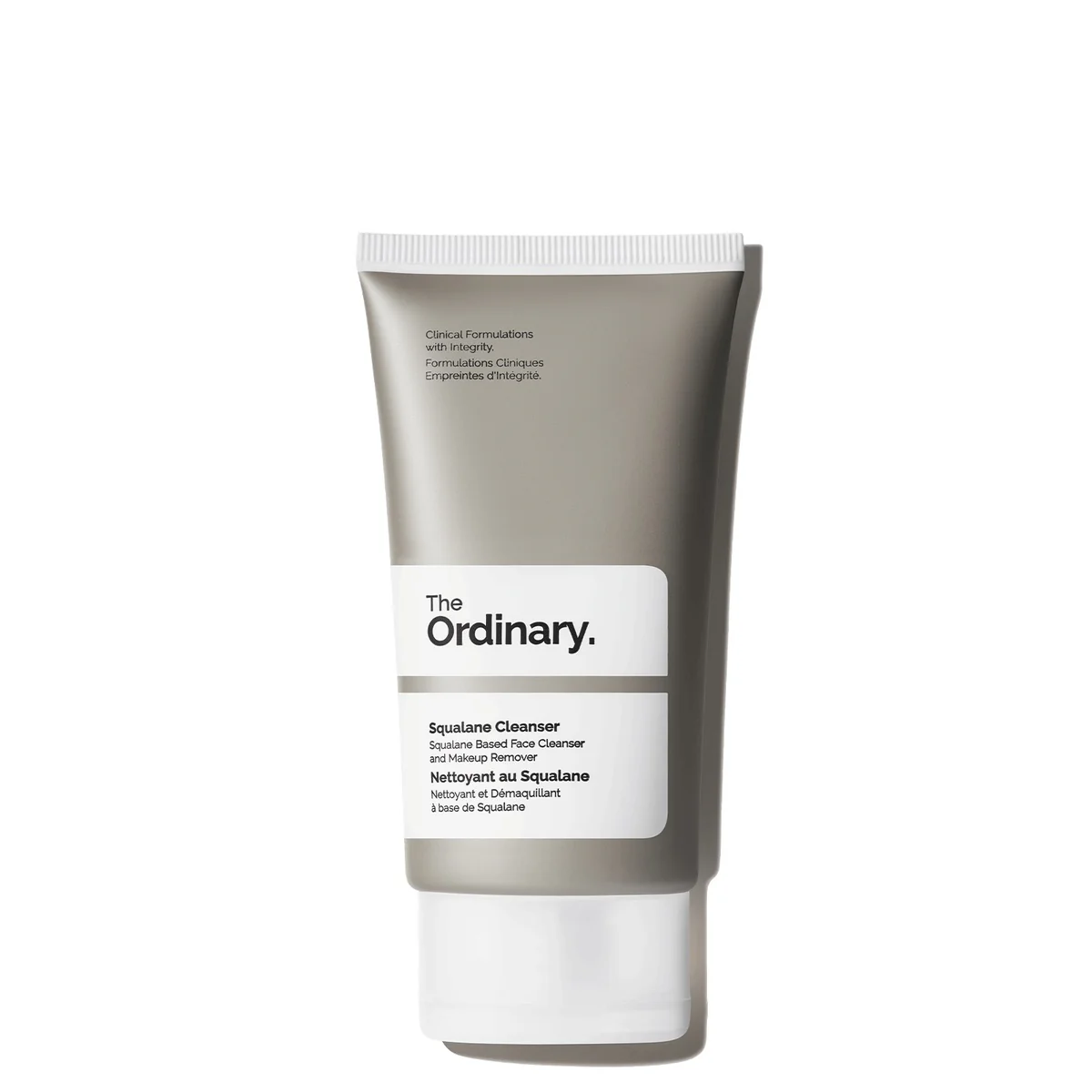Amb Bernadette Olowo-Freers Recalls 'Humbling' Moment She Became First Woman Vatican Envoy in 900 Years

Ambassador Bernadette Olowo-Freers still remembers the day—January 24, 1975—when she walked into the Vatican to present her credentials as Uganda’s envoy.
It was a moment that shattered nine centuries of male-only papal diplomacy.
“It was humbling,” she told the Nile Post in a brief telephone interview.
“To be the first woman in 900 years, it was very important.”
President Idi Amin had stunned the world weeks earlier by appointing the 27-year-old Ugandan diplomat as ambassador to the Vatican, making her the first woman ever accredited to the Holy See.
“When I was appointed ambassador at the end of 1974, I was sent to Germany but also covered the Vatican. It happened by chance,” she added.
“It was a huge opportunity. I felt so good and humbled as a Catholic. It was humbling.”
On that historic Friday morning in 1975, Olowo arrived at the Apostolic Palace for her audience with Pope Paul VI. Clad in a flowing black and gold gown —a gomesi, a traditional Ugandan ceremonial gown— she cut a striking figure.
At nearly six feet tall, her dignified presence was a visual defiance of centuries-old convention.
A Reuters interview recorded shortly after her meeting with the Pope captures her awe and sense of purpose.
Speaking to reporters at Rome’s Fiumicino Airport, she said: “Well, I felt greatly honoured that they’d received me. It was a great honour both for myself and for my country.”
Asked whether she hoped her appointment would lead to more women envoys to the Vatican, she replied confidently, “I am sure the Vatican would be very willing to receive lady ambassadors when they’re accredited.”
She also revealed that Uganda had encouraged pilgrimage to Rome that year—declared a Holy Year by the Church—regardless of denomination.
“The President has encouraged many, many people, whether they are Catholics, or Protestants or Moslems, to come to Rome,” she said.
The Vatican later confirmed that Ambassador Olowo would be held to the same rules as her male counterparts, signalling a quiet but historic embrace of inclusivity within its diplomatic circle.
Ambassador Harold Acemah, a veteran Ugandan diplomat, reflected on the moment’s importance.
“Ambassador Bernadette Olowo made history in 1975. Since then, it is normal to accredit female ambassadors to the Vatican. More women have followed her good example,” he said.
“Her appointment and assignment at the Vatican worked well. She strengthened the cordial bilateral relations that existed between Uganda and the Vatican.”
At the time, the Catholic Church was also grappling with broader questions about women’s roles in the Church and society.
Olowo’s appointment—alongside Amin’s decision that same year to name Princess Elizabeth Bagaya as Uganda’s Foreign Affairs Minister—was seen by some as an intentional stance on women’s empowerment.
Not everyone welcomed the change. Some speculated that Amin’s choice was provocative, given his Muslim faith, and questioned whether such a decision would have been accepted had it been Saudi Arabia.
But the Vatican’s decision to embrace Olowo undercut the sceptics.
Pope Paul VI’s acceptance of Ambassador Olowo was not just a personal triumph—it was a milestone for global diplomacy.
Uganda had become the first country to send a woman ambassador to the Vatican, opening the doors for other nations to follow.
More than 50 years later, Bernadette Olowo-Freers still recalls that quiet but seismic moment with grace.
“It was very important,” she repeated, the weight of history still echoing through her voice.
In 1975, Bernadette Olowo-Freers became the first woman ever accredited to the Vatican, breaking a 900-year tradition—clad in a gomesi and backed by Idi Amin’s bold appointment.









0 Comments